Beneath Fiji’s clear waters lies a vibrant maze of coral reefs built by tiny coral polyps. Hard corals, also known as stony corals, act as reef architects secreting calcium carbonate skeletons that fuse into massive limestone frameworks over centuries. Intertwined with these sturdy builders are soft corals, flexible flower-like organisms that sway with the currents and give Fiji its nickname “Soft Coral Capital of the World.” Soft corals don’t build the reef’s hard structure, but they adorn it with brilliant hues of pink, purple, and orange, creating a living garden. Together, Fiji’s hard and soft corals form a rich underwater ecosystem – essentially a rainforest of the sea teeming with life.
Fiji’s reefs bustle with marine life of every shape and color. Bright reef fish such as clownfish, butterflyfish, and parrotfish weave through coral branches, while smaller creatures like crabs, shrimp, and sea stars hide in crevices and giant clams nestle within the reef. Larger animals like reef sharks, rays, and sea turtles patrol these coral gardens, all relying on the reef for food and shelter. Every species plays a part in this underwater community – for instance, herbivores like parrotfish and turtles graze on algae that might otherwise smother the corals. This entire ecosystem depends on just the right conditions. Corals need warm, clear water around 23–29°C (73–84°F), bright sunlight, and unpolluted seas to thrive.
Unfortunately, this spectacular ecosystem now faces serious threats from climate change, which is driving ocean temperatures upward and pushing corals beyond their comfort zone. Even a slight temperature rise can cause corals to bleach – in this stressed state they expel the symbiotic algae that feed them and turn ghostly white. Bleached corals are weak and may die if the heat persists – a fate already witnessed in Fiji’s reefs during recent marine heatwaves. Adding to the danger, the ocean is becoming more acidic due to higher carbon dioxide levels, which weakens corals’ ability to rebuild their skeletons. If ocean temperatures continue to rise unchecked, Fiji’s coral reefs could deteriorate dramatically – losing their vibrant corals along with the multitudes of fish and other creatures that depend on them. Protecting these reefs will require urgent global action to curb climate change, so that Fiji’s underwater paradise can endure for generations to come.

Aerial View of Namena Marine Reserve and Coral Reefs, Namena Island, Fiji.
Image ID: 34680
Location: Namena Marine Reserve, Namena Island, Fiji
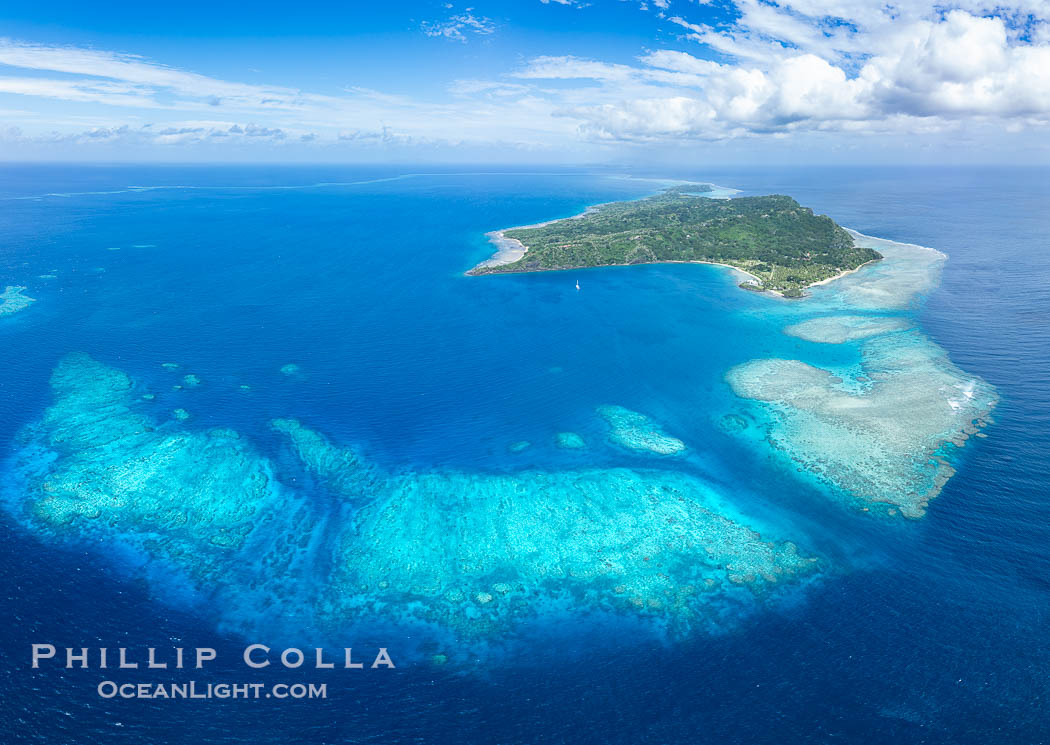
Aerial View of Coral Reefs around Wakaya Island, Fiji.
Image ID: 41030
Location: Wakaya Island, Lomaiviti Archipelago, Fiji
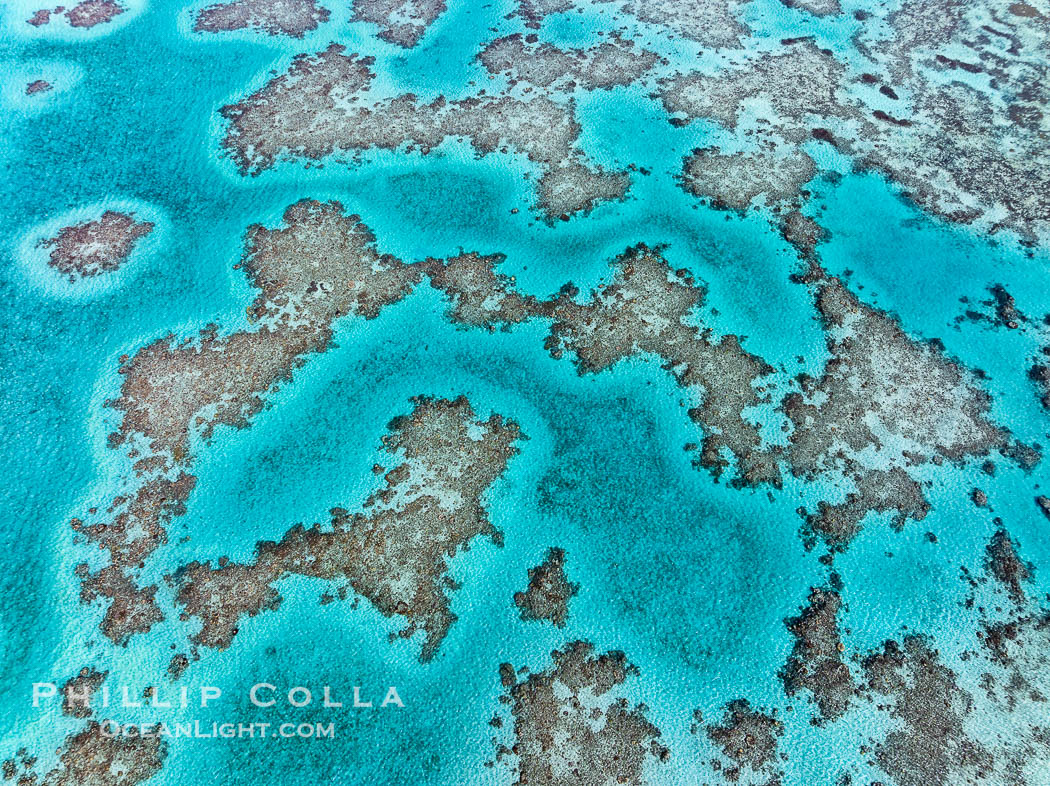
Aerial View of the extensive coral reefs offshore of Rakiraki, Fiji Islands.
Image ID: 41041
Location: Viti Levu Island, Fiji
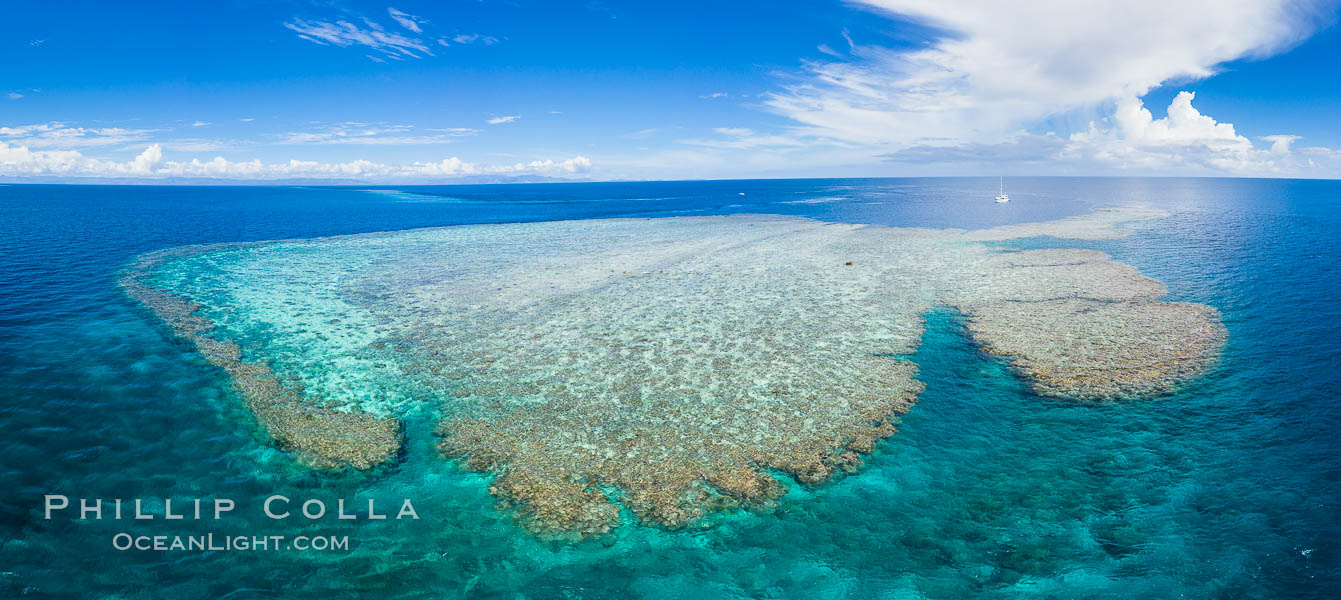
Aerial View of Vatu-i-Ra Coral Seascape, Fiji.
Image ID: 34681
Location: Vatu I Ra Passage, Bligh Waters, Viti Levu Island, Fiji
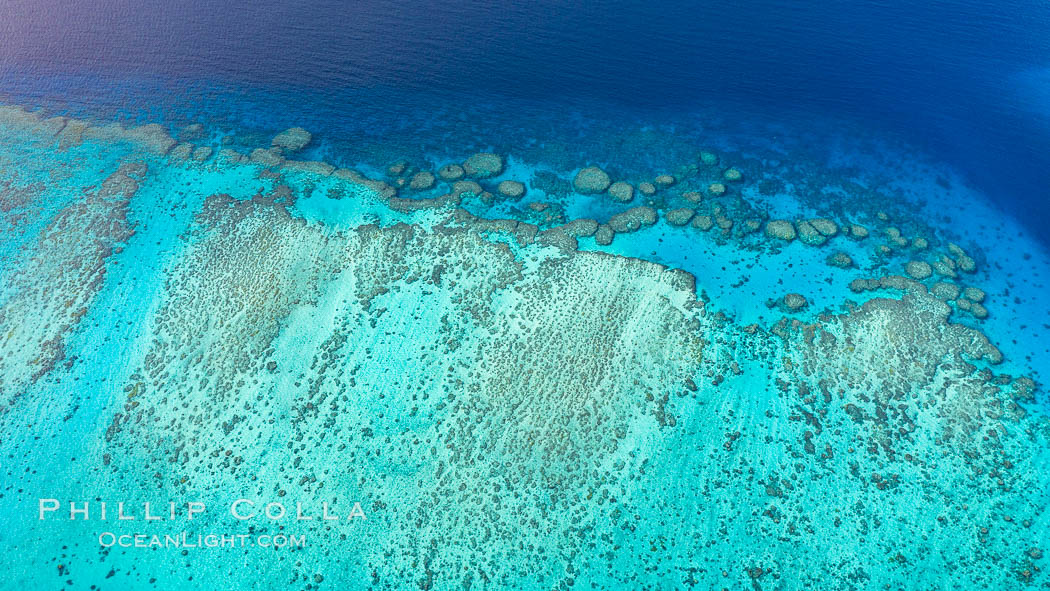
Aerial View of Vatu-i-Ra Coral Seascape, Fiji.
Image ID: 34688
Location: Vatu I Ra Passage, Gau Island, Lomaiviti Archipelago, Fiji
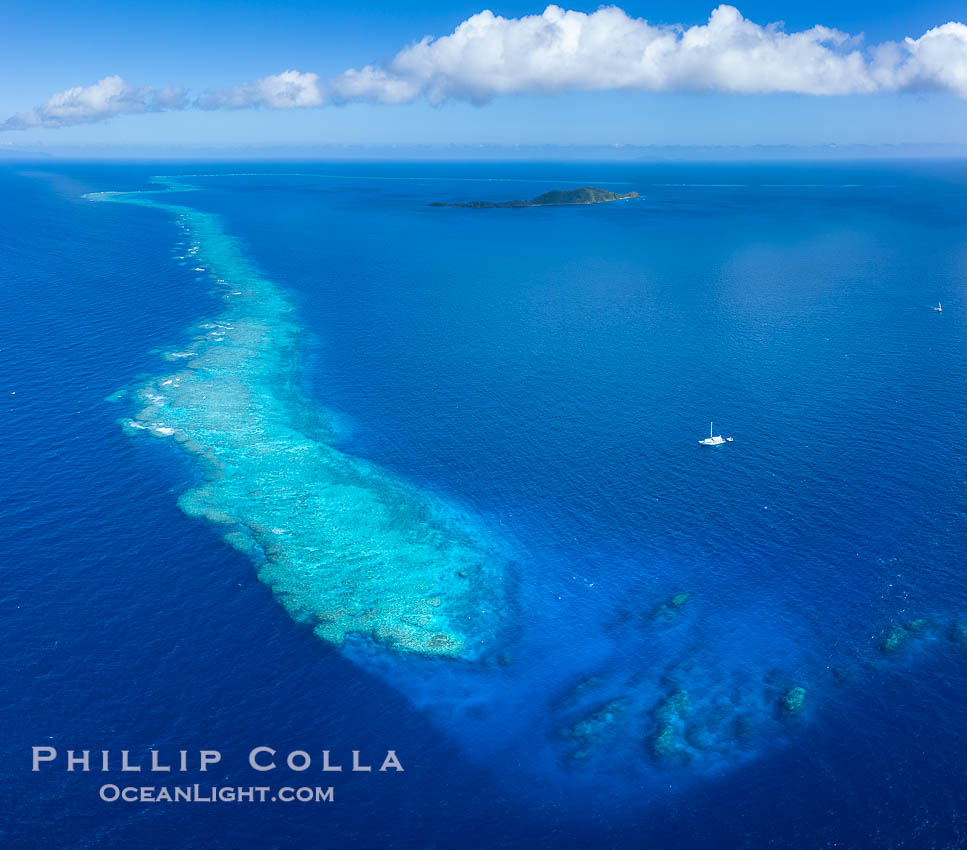
Aerial View of Namena Marine Reserve and Coral Reefs, Namena Island, Fiji.
Image ID: 41049
Location: Namena Marine Reserve, Namena Island, Fiji
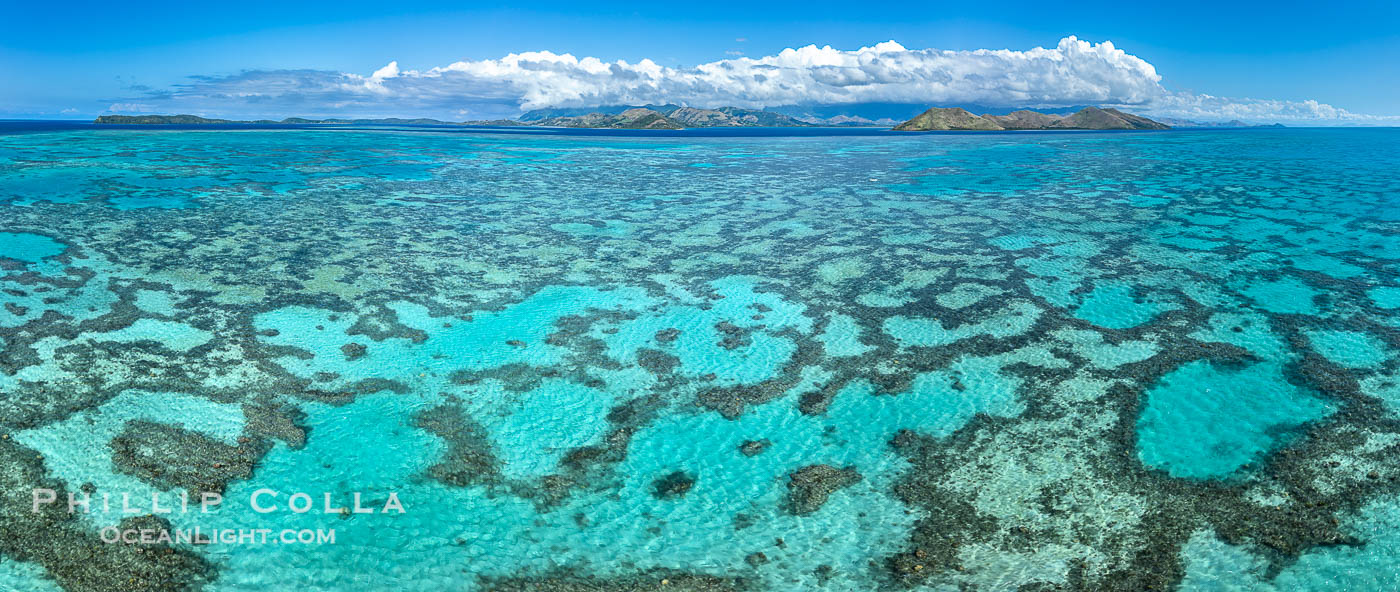
Aerial View of the extensive coral reefs offshore of Rakiraki, Fiji Islands.
Image ID: 41083
Location: Viti Levu Island, Fiji
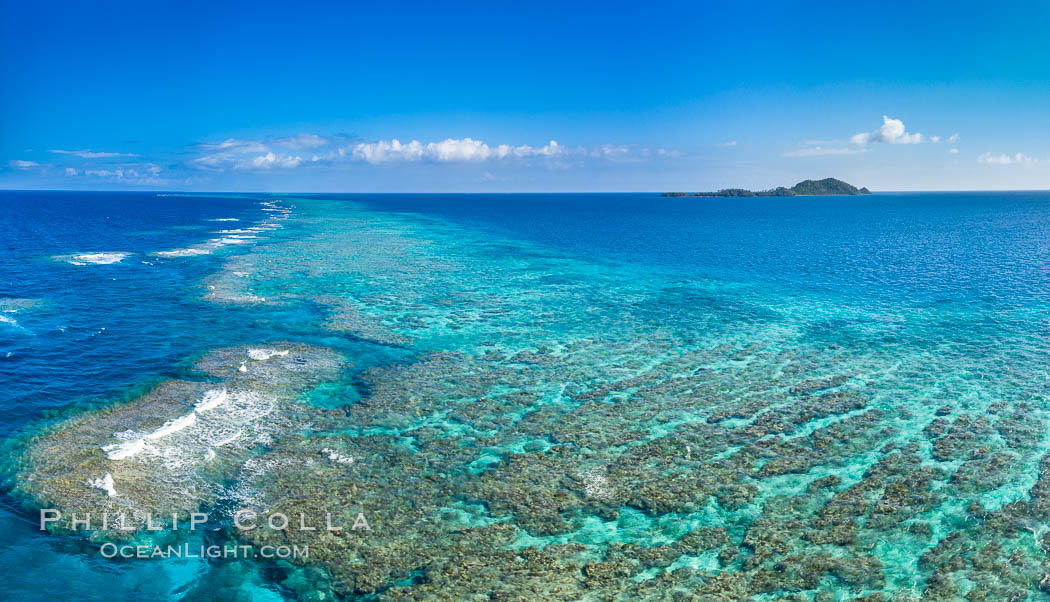
Aerial View of Namena Marine Reserve and Coral Reefs, Namena Island, Fiji.
Image ID: 34693
Location: Namena Marine Reserve, Namena Island, Fiji
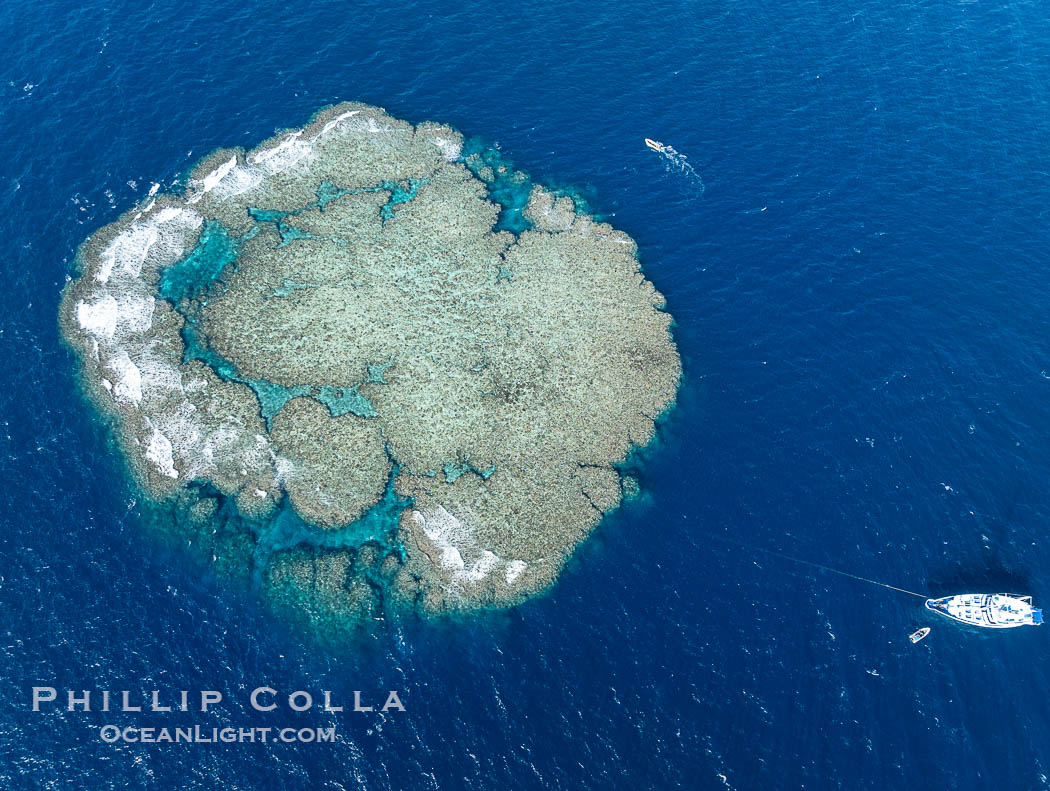
Aerial view of Mount Mutiny, a spectacular deepwater coral bommie in the Bligh Waters of Fiji.
Image ID: 41138
Location: Vatu I Ra Passage, Bligh Waters, Viti Levu Island, Fiji



